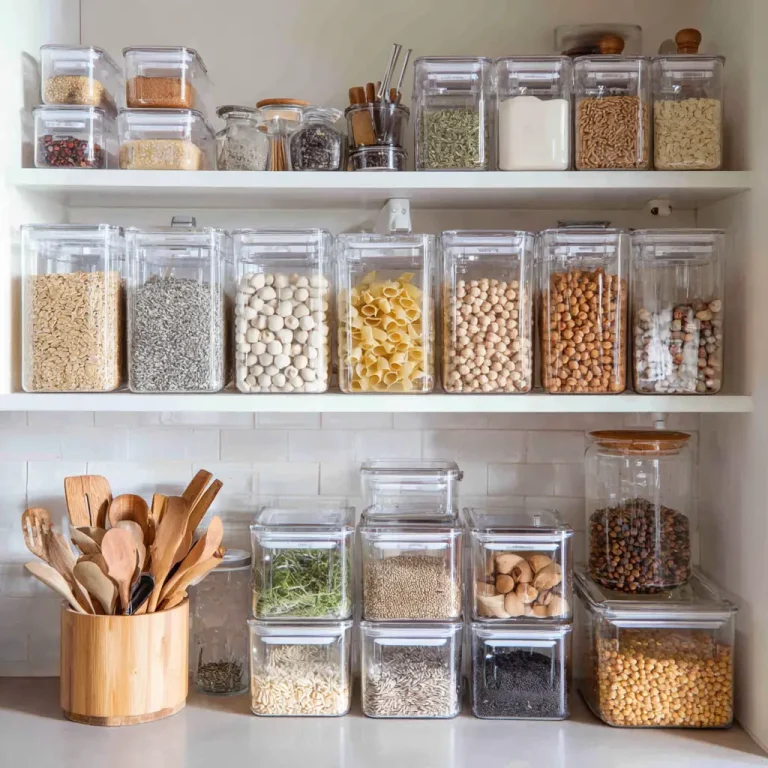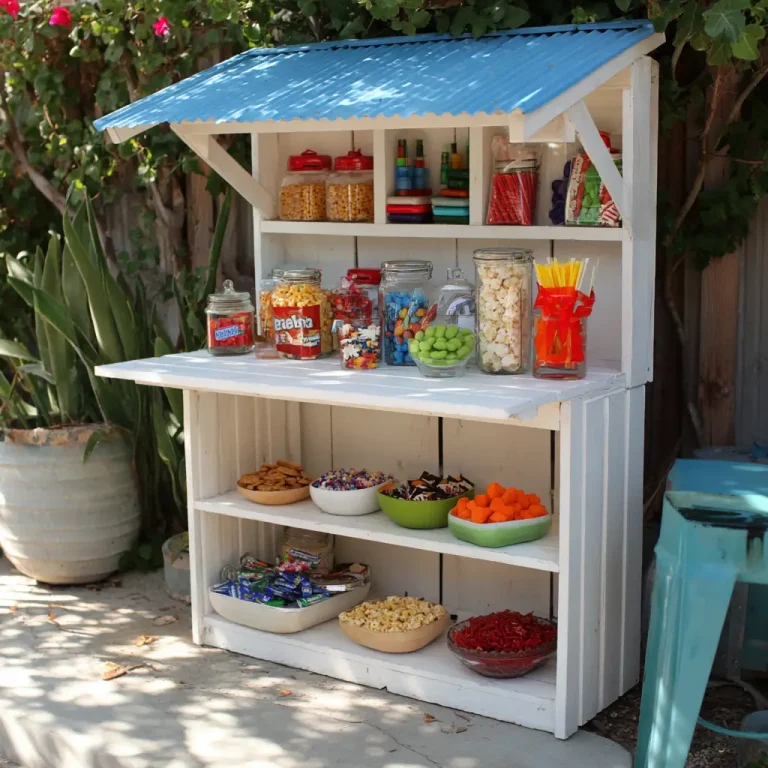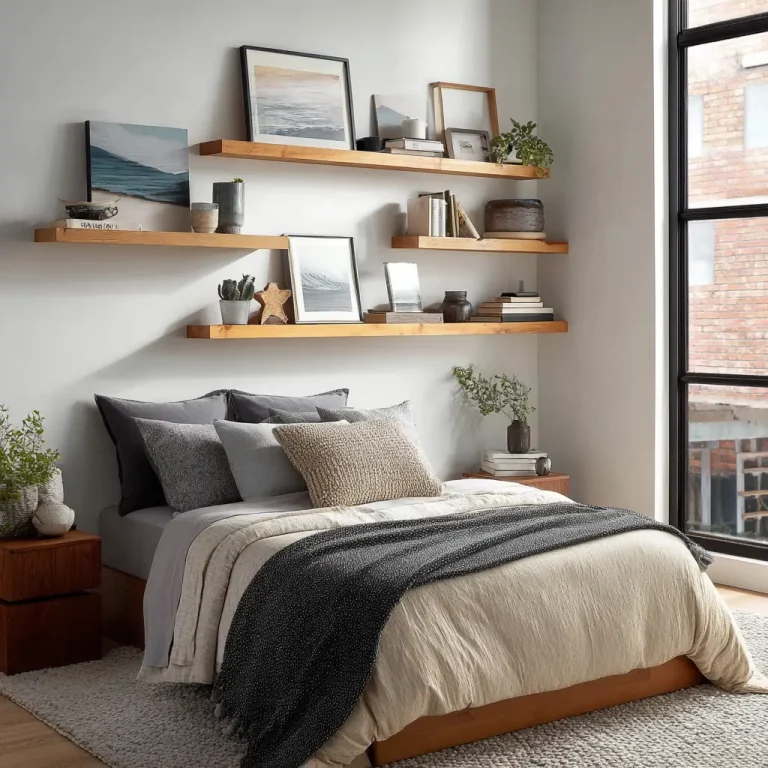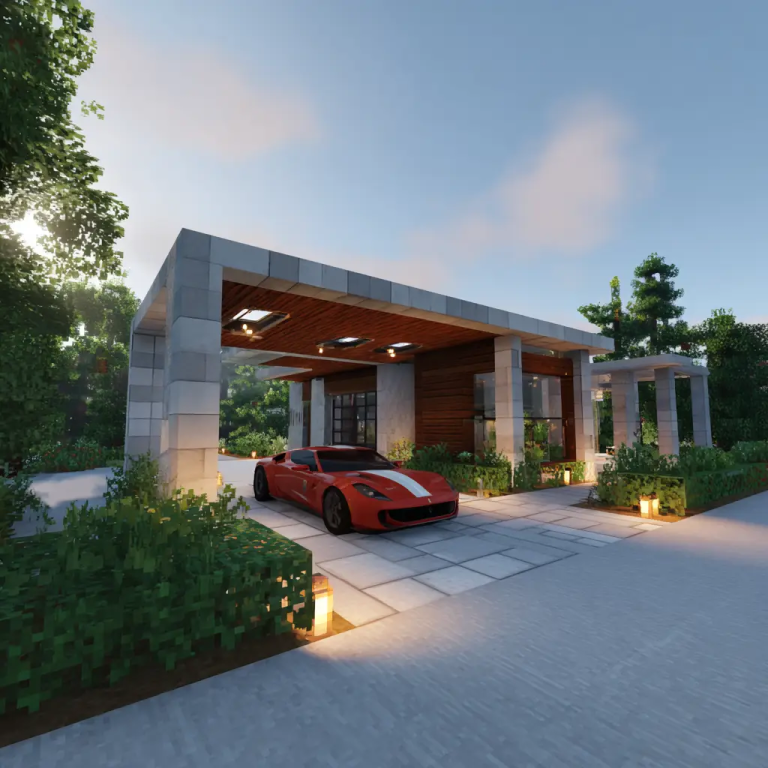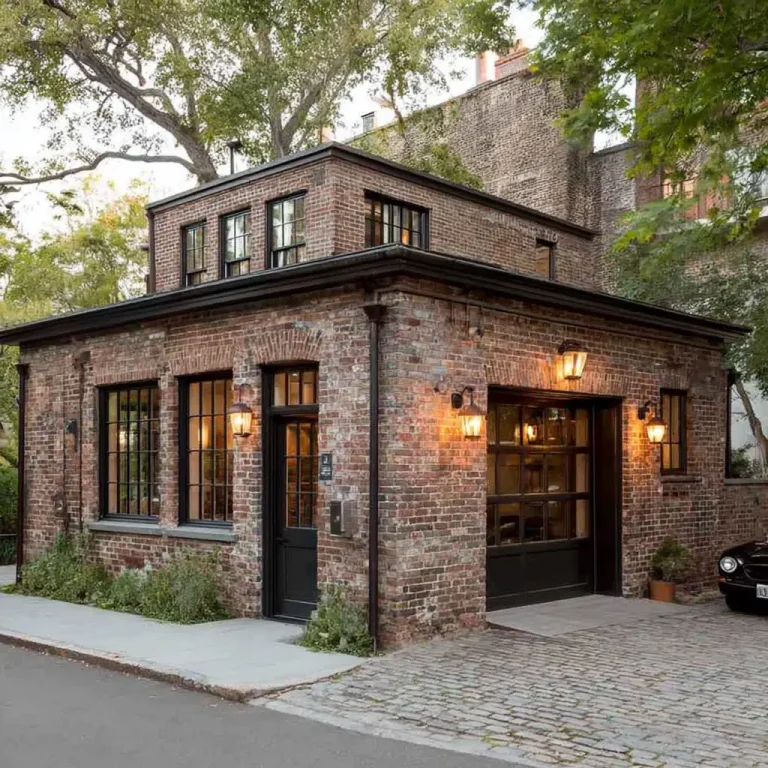20 Kitchen Ideas Black and White Design That Transforms Your Space
timeless design. Whether you’re renovating an old space or starting fresh, this high-contrast color scheme offers endless possibilities. It works across styles—from sleek and modern to cozy and rustic—and can elevate even the smallest kitchens into something truly special. Let’s explore 20 thoughtful and detailed ways to bring this bold yet balanced palette into your home.

1. White Cabinets with Black Hardware
White cabinetry remains a favorite for its clean, fresh feel, but pairing it with black hardware introduces a strong visual contrast that instantly modernizes the look. Black handles, pulls, and knobs act like the jewelry of your kitchen, adding a hint of edge without overwhelming the space. This pairing works beautifully in minimalist kitchens as well as in more traditional settings where detailing like shaker cabinets can shine with matte or brushed black accents. It’s an easy upgrade that offers a big payoff—both in style and resale value.

2. Black Cabinets and White Marble Countertops
For those who love bold, dramatic interiors, black cabinetry is the way to go. When paired with white marble countertops, especially those with soft gray veining, the result is a luxurious and high-contrast kitchen that feels sophisticated and thoughtfully curated. The light countertops help to reflect natural and artificial light, balancing out the dark tones of the cabinets. Add brass or gold fixtures for warmth and a hint of glamour, or go ultra-modern with chrome for a sleek, contemporary vibe.
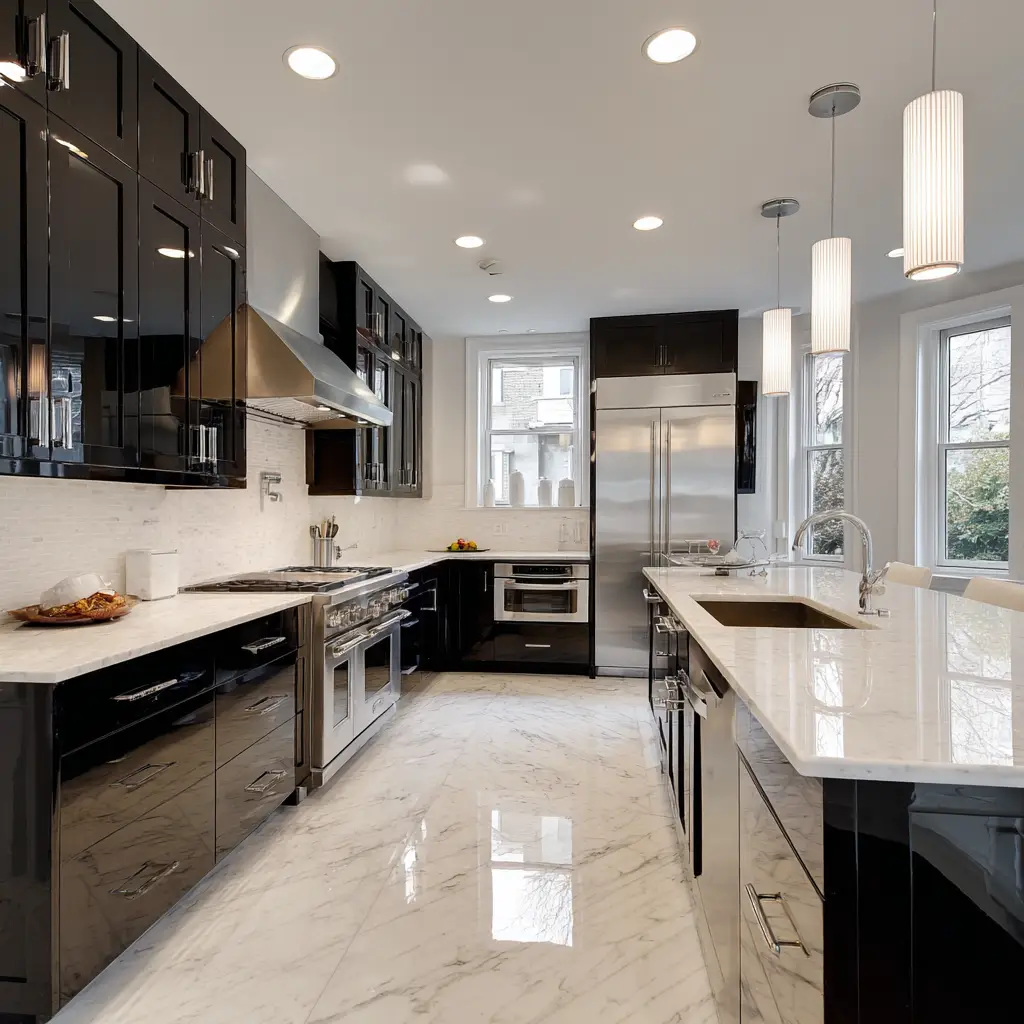
3. Two-Tone Kitchen Island
A two-tone island adds character and breaks up the visual monotony of an all-white or all-black kitchen. For example, you could paint the island base a deep black while keeping the perimeter cabinets white, or vice versa. This creates a focal point and adds depth to the layout. Two-tone designs are particularly effective in open-concept homes where the kitchen blends into the living or dining area. The contrast helps define the space without needing walls or barriers, offering both form and function.

4. Monochrome Backsplash Magic
Backsplashes are where creativity can really shine in a black-and-white kitchen. Think beyond plain subway tile—try black and white geometric patterns, Moroccan-inspired motifs, or even abstract designs. These tiles add texture and movement, preventing the kitchen from feeling flat or sterile. If you prefer something more understated, a glossy white tile with black grout can create a subtle but impactful effect. It’s a small detail that can make the whole space feel more dynamic and custom-designed.
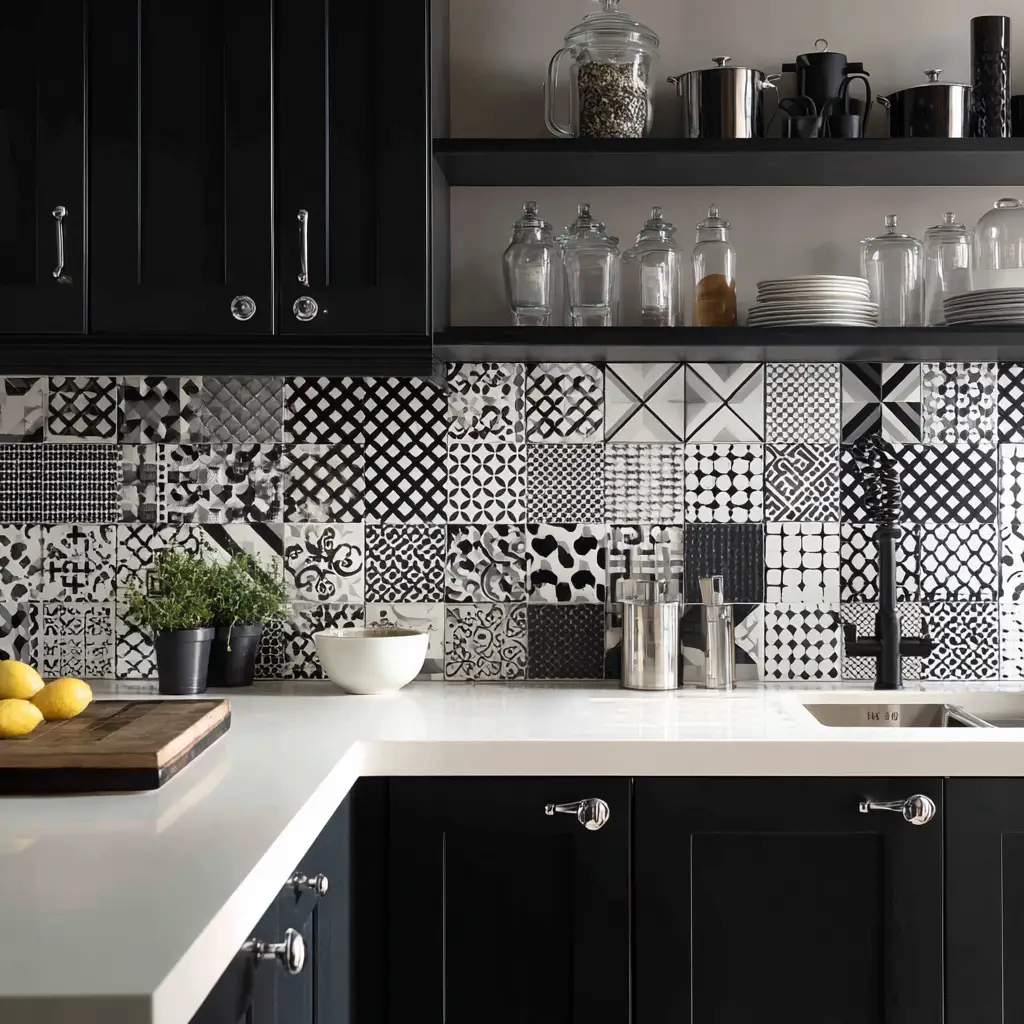
5. Matte Black Fixtures
Matte black fixtures have exploded in popularity for good reason. They feel current yet timeless and add a refined finish to your kitchen. Swap out your faucet, cabinet pulls, and light fixtures with matte black options for a unified, upscale look. This works especially well against white countertops or tiles, where the black fixtures stand out in a way that feels purposeful. Matte finishes also tend to hide fingerprints and smudges better than shiny ones, making them practical for busy kitchens.

6. White Walls and Black Appliances
While stainless steel is still a common choice, black appliances are becoming a go-to option for homeowners who want something more unique and less reflective. In a kitchen with crisp white walls and cabinetry, black appliances provide strong visual weight and a grounded feel. This combo is especially striking in minimalist or Scandinavian-inspired kitchens. To tie everything together, consider using a black vent hood or stove with matching drawer pulls and pendant lights.

7. Checkerboard Floors
Checkerboard flooring is a timeless classic that continues to make a stylish comeback. The bold black-and-white pattern instantly gives a space vintage charm while still feeling fresh when paired with modern elements. These floors work well in both small and large kitchens and can be achieved using tile, vinyl, or painted wood. For a softer, more lived-in look, try muted black and cream tones instead of stark white and deep black. This flooring option makes a statement without needing to overhaul the entire kitchen.

8. Glass Cabinets with Black Frames
Glass cabinets framed in black metal offer a sophisticated, slightly industrial look. These cabinets provide storage while also acting as display cases for your favorite dishes, glassware, or decor. The transparency adds openness to the space, which is especially beneficial in smaller kitchens. Black framing adds definition and structure, making your storage part of the aesthetic. Consider mixing them with closed cabinetry to maintain balance between function and design.

9. Open Shelving with a Twist
Open shelving is both practical and stylish, allowing for easy access to everyday items while showcasing decorative pieces. In a black and white kitchen, black shelves on a white wall—or white shelves on a black accent wall—create striking visual contrast. Use the shelves to display ceramic dishes, cookbooks, plants, or wooden accents to add personality. This design works best when styled minimally to avoid clutter, keeping the space feeling airy and intentional.

10. Black Accent Wall
An accent wall painted in black can anchor your kitchen design and create a sense of intimacy and focus. It’s especially effective behind open shelving, a dining nook, or a range hood. A black wall can also serve as a dramatic backdrop for artwork or hanging utensils, making the room feel curated and stylish. Choose a matte or eggshell finish to keep it from reflecting too much light, and consider adding sconce lighting or picture lights to highlight key areas.

11. Mix Materials Thoughtfully
One of the best ways to soften a black-and-white palette is by mixing in warm or natural materials. Wood, rattan, brass, and stone can add dimension and texture, preventing the space from feeling too stark. For example, try adding a wooden butcher block countertop, a woven light fixture, or brass knobs for subtle warmth. These elements add soul to the kitchen, making it feel more welcoming and less like a showroom. Even small touches—like wooden bar stools or potted herbs—can make a big difference.

Frequently Asked Questions
Is a black and white kitchen too stark or cold?
Not necessarily. When done well, black and white kitchens can feel cozy and inviting. The key is in the details—add textures like wood, use soft lighting, and incorporate natural elements such as plants to bring warmth into the space.
Will black cabinets make my kitchen look smaller?
They can, but it depends on how they are used. Pairing black lower cabinets with white uppers or bright walls helps keep the space feeling open. Good lighting—natural or artificial—also plays a big role in preventing the kitchen from feeling closed-in.
What countertop works best in a black and white kitchen?
White quartz or marble countertops are a favorite choice because they contrast beautifully with black cabinetry. However, black granite or soapstone can also work well, especially in spaces with white walls or cabinetry to maintain balance.
Is a black and white kitchen hard to maintain?
Both colors have their challenges—black can show dust and smudges, while white can highlight stains and spills. Choosing the right finishes (like matte or textured surfaces) and cleaning regularly helps keep everything looking fresh and polished.
Conclusion
A black and white kitchen offers endless design potential. It’s timeless, adaptable, and can reflect your personal style—whether that means ultra-modern minimalism or rustic farmhouse charm. This color palette allows you to experiment with texture, materials, and patterns without overwhelming the senses. More importantly, it creates a strong, visual identity for the heart of your home.
